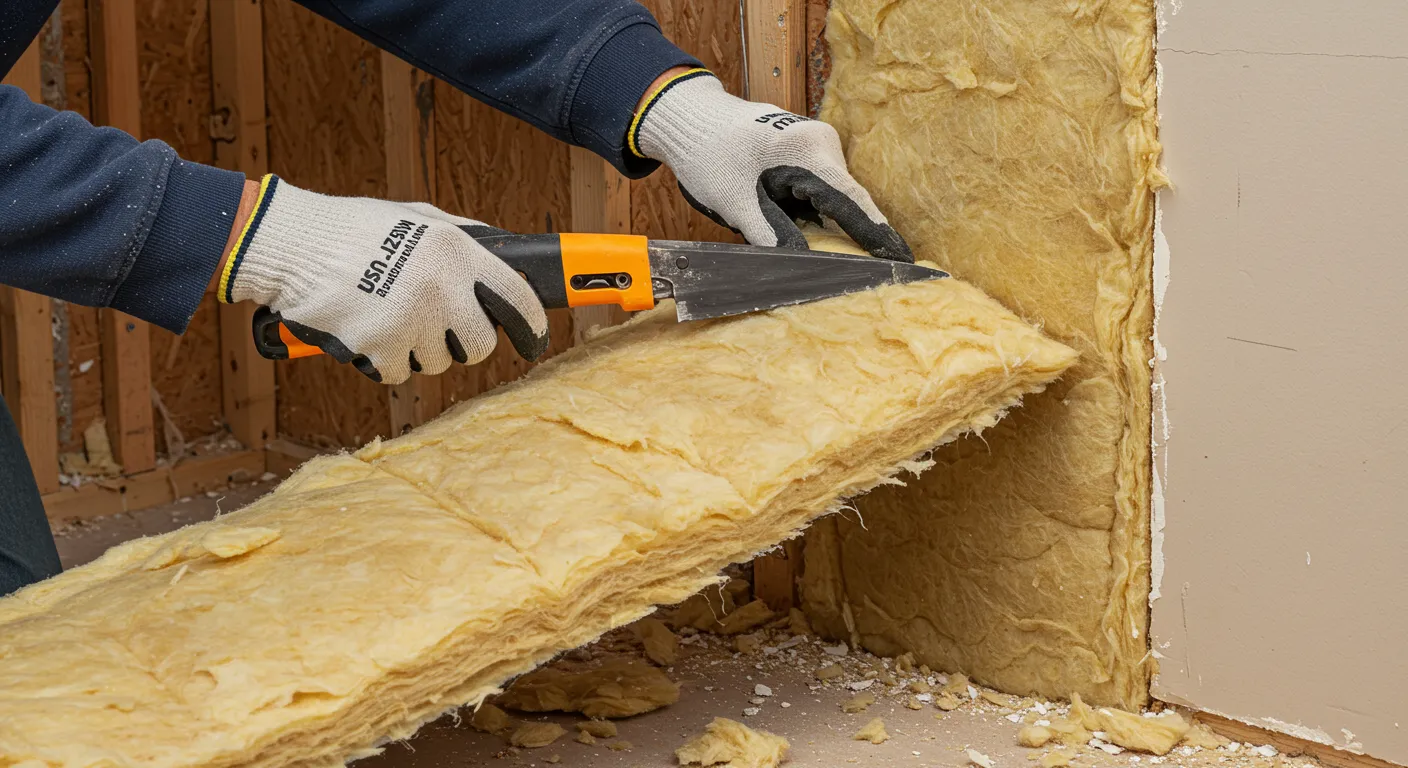
Insulation plays a crucial role in maintaining indoor comfort and energy efficiency. Over time, however, insulation can degrade, become contaminated, or lose its effectiveness. Knowing when and why to remove old insulation is essential for maintaining air quality, preventing structural damage, and ensuring energy efficiency.
This guide covers the signs that indicate insulation needs to be removed, the risks of leaving it in place too long, and the benefits of replacement. Whether dealing with moisture damage, pest infestations, or outdated materials, understanding insulation removal can help homeowners and businesses make informed decisions.
Moisture accumulation in insulation can lead to mold growth, affecting indoor air quality and causing structural problems. Common signs include:
Rodents, insects, and other pests often nest in insulation, leaving behind droppings, urine, and nesting materials. This can pose serious health risks and compromise the insulation’s effectiveness. Signs of infestation include:
Insulation materials degrade over time, reducing their ability to regulate indoor temperature. Common indicators include:
Smoke and fire damage can render insulation ineffective and hazardous. Even if insulation is not directly burned, smoke contamination can embed harmful particles into the material, affecting indoor air quality.
Older insulation materials, especially in homes built before the 1980s, may contain asbestos. If disturbed, asbestos fibers can become airborne and pose severe health risks. Professional testing and removal are necessary when dealing with asbestos insulation.
Before removal begins, a professional assessment determines the extent of the damage and identifies potential hazards. This step includes moisture testing, thermal imaging, and inspecting for pests or contaminants.
Different methods are used depending on the type of insulation:
Proper disposal is critical to ensure environmental compliance and safety. Materials are sealed in heavy-duty bags and transported to appropriate waste facilities. After removal, the area is thoroughly cleaned and sanitized.
Removing contaminated insulation eliminates allergens, mold spores, and harmful particles, leading to cleaner air inside the home or business.
New insulation improves temperature regulation, reducing energy costs and increasing comfort levels.
By addressing pest infestations, mold growth, and structural issues, insulation removal helps protect the integrity of the building.
Professionals ensure proper handling of hazardous materials, reducing risks associated with asbestos, mold, and other contaminants.
After removal, installing new insulation ensures continued energy efficiency and protection. Options include:
If you suspect your insulation needs replacement, contacting a professional is the best course of action. Armored Insulation provides expert insulation removal services, ensuring safety, efficiency, and improved indoor comfort. Call (270) 331-4844 or email [email protected] to schedule an assessment.
Most insulation lasts 15-30 years, but factors like moisture damage, pest infestations, or outdated materials can shorten its lifespan.
DIY removal is possible but not recommended, especially if the insulation contains mold, asbestos, or pest contamination. Professional removal ensures safety and proper disposal.
Costs vary based on insulation type, home size, and contamination levels. A professional assessment provides an accurate estimate.
Yes. Deteriorated or damaged insulation reduces efficiency, causing higher heating and cooling costs.
Depending on the project size, removal typically takes a few hours to a full day.
The best insulation depends on budget, climate, and specific needs. Spray foam provides excellent energy efficiency, while fiberglass remains a cost-effective option.
No. Mold-contaminated insulation must be removed to prevent health risks and further mold growth.
Insurance may cover removal if damage is due to covered perils like water leaks or fire. Check with your provider for details.
Regular inspections, moisture control, and proper ventilation help prevent insulation deterioration.
Homes built before the 1980s may have asbestos insulation. Testing is required to confirm its presence before removal.
For professional insulation removal services, contact Armored Insulation at (270) 331-4844 or email [email protected].